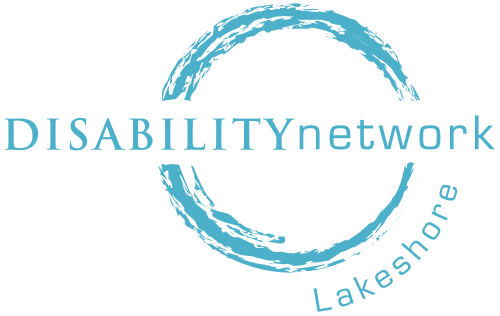Assistive Technologies Following a Disaster
Hi, I’m Chris from Disability Network Lakeshore and I’m here to talk today a little bit about assistive technology following disaster. The reason that we bring this up is because people with disabilities often don’t do anything in preparation for disaster. It only makes it harder when you don’t.
I’ve been involved in emergency preparedness now for about 20 years and if there’s a disaster it can mean the difference between life and death or at least being comfortable versus being very uncomfortable.
Assistive technology is any item or device that helps you do what you need to do and remain independent. It’s mostly low cost and low tech, although people tend to think of it differently. For instance, if you wear glasses, you’re using assistive technology or if you use an electric toothbrush.
Now, you may ask why would I want to bother to know about assistive technology as far as disaster. Well, it reduces the impact of disaster and it makes life easier on you. Emergency responders following a disaster may not get to you for a week and even then you know yourself and what your needs are better than anybody else. They may not even recognize you have a disability, so you’re the best source of information and you’re the person who most needs to prepare.
So what does being prepared mean? It means having extra food and water on hand, medications, extra supplies, clothing, blankets, money, and contact information on hand. Think about writing down an actual plan for how you’d respond and make a Go Kit.
I have some items here today that we’ll talk about for a minute that could go into your Go Kit. Just to give you an idea of what’s out there. If you think about evacuating and what that might be like, think about the fact that if you had to go to a public evacuation site. It would very likely be either a school gymnasium or church. You would end up sleeping on the floor. You’d be lucky if you got a cot and a blanket. So if you had a disability what would that look like for you? I have rheumatoid arthritis and the thought of sleeping on the floor really just blows my mind so my Go Kit has an air mattress in it. I also have some space blankets, face masks, hand wash, and believe me that stuff came in really handy when the coronavirus scare hit.
If you have low vision and you want to use some AT items, you may want to consider a magnifying glass or braille dots like these. They just pop out, they have letters on them and then there’s also braille dots that if you use braille. It would help you identify what items you would have at the site possibly. Low vision paper or markers, folding canes, you may want to think about playing cards with large fonts so that you have something to do or even a writing guard like this one which if you have to sign documents while you’re there. It allows you to sign on the line.
AT for apps and power, they have applications that you can put on your phone called the KNFB reader or text grabber. They allow you to snap a picture of what you’re reading and it will speak it so you can hear it. There’s an app for Breathing to relax so you can remain calm in a crisis, and there are portable battery backups to keep your phone running when everything else is down. If you’re hard of hearing they have waterproof cases that you can keep your hearing aids in to protect them, sound amplifiers, weather radios with strobe lights that will alert you when an emergency is happening.
AT for dexterity can include rubber grips for pens or foam to put on eating utensils to make it a little bit easier for mobility assistance. There are lightweight transfer boards or cut-resistant gloves if you have to handle things that are sharp. Like if there is a lot of debris about following a disaster.
For communications, there are communication boards. Different kinds that will allow you to communicate with people at the evacuation site if you have to go.
AT for personal care may include masks or even bathing wipes. There’s just many many different items that are out there. If you have a service animal you may want to consider like collapsible food and water bowls or flashing dog collar.
With all the things that are out there take the time to think about what you might need and then make a plan for yourself. If you need help doing that we’d be glad to assist you in that. We are Disability Network Lakeshore and our phone number is 616-396-5326. I do want to thank the Michigan Disability Rights Coalition for the use of the kit. If you’d like a demonstration please call us. That number again is 616-396-5326.
Thank you.

